Last Updated on August 2, 2021
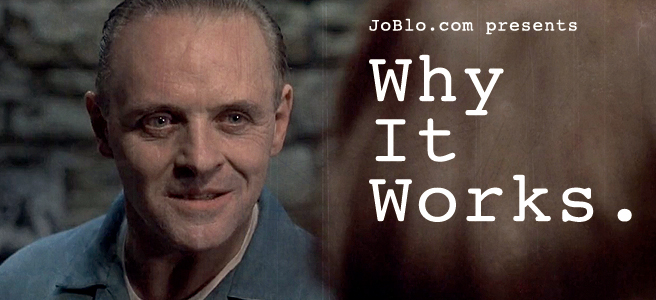 Why It Works is an ongoing column which breaks down some of the most acclaimed films in history and explores what makes them so iconic, groundbreaking, and memorable.
Why It Works is an ongoing column which breaks down some of the most acclaimed films in history and explores what makes them so iconic, groundbreaking, and memorable.
****SPOILERS AHEAD****
Earler this week, we reported that NBC’s Hannibal has been canceled in the midst of its third season. As tribute to this fine show, let’s take a look at the movie that started it all. Of course, Thomas Harris‘ novels and Michael Mann‘s MANHUNTER are responsible for bringing Hannibal Lecter into the public eye, but there is no question that THE SILENCE OF THE LAMBS is what transformed the good doctor from a literary curiosity to a cultural phenomenon. Here’s why it works:
WHY WE LIKE THE CHARACTERS:
From the opening shot of the film, we see Agent Clarice Starling very literally overcoming obstacles. She takes on a training course with both determination and ease when Jack Crawford calls her into his office, and we start to realize who she is. To herself, she is an escapee from a tragic, rural lifestyle with an unstoppable drive and a razor sharp mind. To her associates, however, she is just a little girl in a man’s world. It’s Clarice’s struggle to balance these warring elements that makes the character both sympathetic and compelling. In her first meeting with Hannibal, we see her match wits with the doctor and stand her ground… only to then break down in tears after leaving the facility. Instead of the classic weakling to warrior story, we are watching an already burgeoning warrior do the best she can to stand her ground against worthy adversaries.
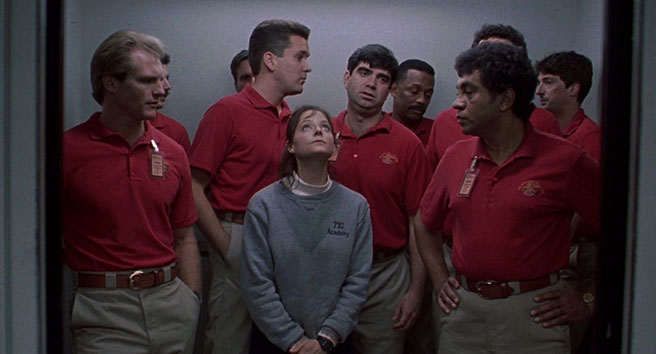 One of many instances where Clarice is depicted as a small outlier in a uniformed sea of masculinity.
One of many instances where Clarice is depicted as a small outlier in a uniformed sea of masculinity.
“Oh, he’s a monster. A pure psychopath.” Ah, Hannibal Lecter. Equal parts charismatic and terrifying, Sir Anthony Hopkins delivers one of the finest performances ever captured on film. Of course, the character is already written as a well-mannered, brilliant, and often sedate maniac, but making this unique Molotov cocktail of traits believable only further demands a flawless performance. From a story perspective, though, we should hate this guy, right? He’s murdered- and eaten– innocent people. Well, here’s the thing. For the first two-thirds of the film, Lecter doesn’t actually do anything. We hear of his crimes, but we only see a fascinating presence with a keen nose and a rapier wit. Even when he makes his diabolical escape, the police and medics in his way are largely unsympathetic and faceless (pardon the pun). What we do see throughout the film, however, are the consequences of Buffalo Bill’s exploits. Everyone’s favorite crossdressing serial killer is the real villain here. Hannibal Lecter is a bad guy, to be sure; he’s just not the bad guy.
 “People will say we’re in love.”
“People will say we’re in love.”
WHY WE CARE:
Without Hannibal, we still have a compelling monster of the week story. Buffalo Bill is murdering size 14’s all over the shop in an effort to make his very own woman suit. Adorable. Unraveling the mystery of who this killer is and what exactly he’s up to certainly makes for an interesting story, but it’s the inclusion of the chianti-loving cannibal that takes this film to the next level. In most films, we tolerate the B story, the exposition, the monologues, etc. because we understand they’re necessary for the story, but these moments are usually unexciting and have us running out to pee or looking down at our phones. In THE SILENCE OF THE LAMBS, these moments are mostly scenes between Clarice and Hannibal- the scenes that define the film more than any other. If anything, the A story here is just a vehicle to get to the B story. The result is an expertly woven narrative without any of the downtime we often find ourselves lamenting.
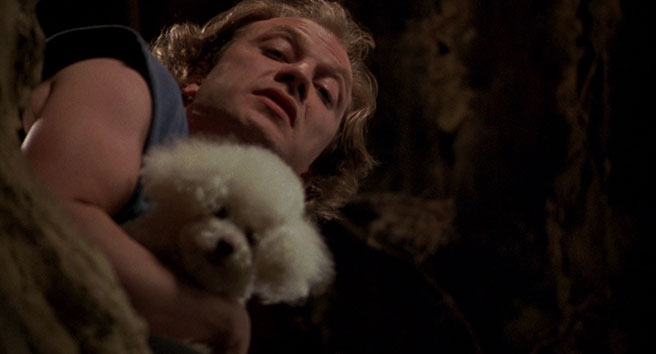 Lotion. Just the word is unsettling now.
Lotion. Just the word is unsettling now.
WHY WE’RE SATISFIED:
Here’s where things get interesting. Now that we’ve introduced a villain we hate and another we weirdly kind of like, where do we go from here? It’s no surprise that the finale of the film is Agent Starling single-handedly taking down Buffalo Bill, and that is absolutely satisfying in its own right. Clarice finds herself in Jame Gumb’s house completely unprepared for a fight and emerges victorious by the skin of her teeth. It’s a welcome climax, but it’s what we expect from a film of this nature. What we’re treated to only a little over an hour in, however, is Lecter’s escape. We’re still not sure whether we want to see the character succeed or fail, but that’s exactly what makes it so exciting. Swapping clothes with a fallen officer and borrowing his face, Hannibal makes his escape by tricking the police into escorting him out the front door. We don’t have to root or feel sympathy for a character to enjoy watching him outsmart his adversaries, and the fact that we feel a certain triumph in Lecter’s escape- but secretly know we shouldn’t- is satisfying in and of itself.
 “…all the way to the F…B…I…”
“…all the way to the F…B…I…”
WHY WE REMEMBER:
THE SILENCE OF THE LAMBS plays like a 70’s movie with its long takes, taught tension, and unapologetic realism. What doesn’t linger from the 70’s, however, is the failure to reward the audience with the occasional treat. Where films of the 90’s and early 2000’s would start to focus on the treats at the expense of the quality, director Jonathan Demme and screenwriter Ted Tally walk the line beautifully, delivering a film that feels both classic and modern even to this day. Anthony Hopkins and Jodie Foster could not have been more perfectly cast, teaming up for some of the most riveting scenes in film history, and Howard Shore’s haunting score undercuts the action nicely. Thomas Harris‘ acclaimed novel sets the stage here (and the character of Hannibal Lecter is a bigger star than anyone involved), but it’s the combined effort of so many masters of their craft that makes this one to savor.
Thoughts? What else worked for you? What didn’t? Strike back below!
If you have any movies you’d like to see put under the microscope, let us know below or send me an email at [email protected].



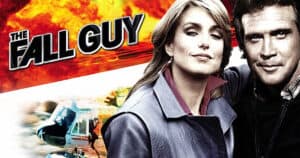


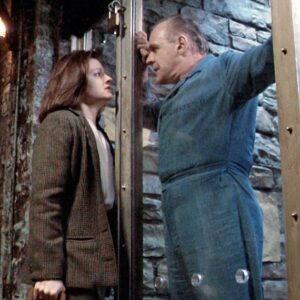
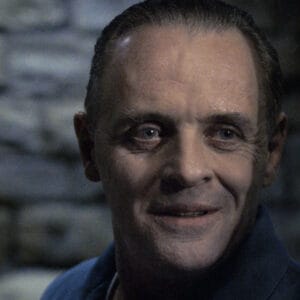
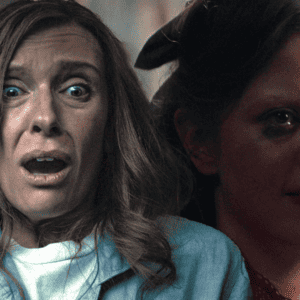


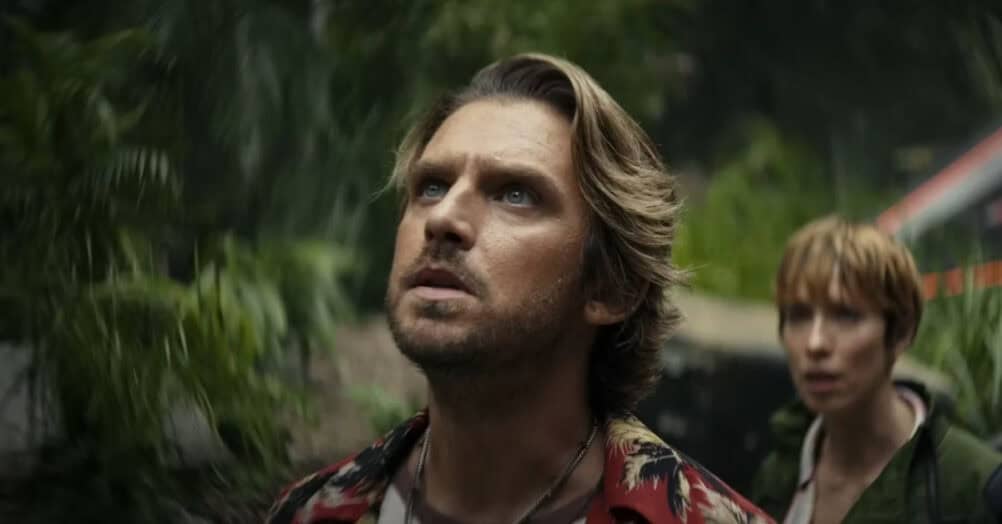
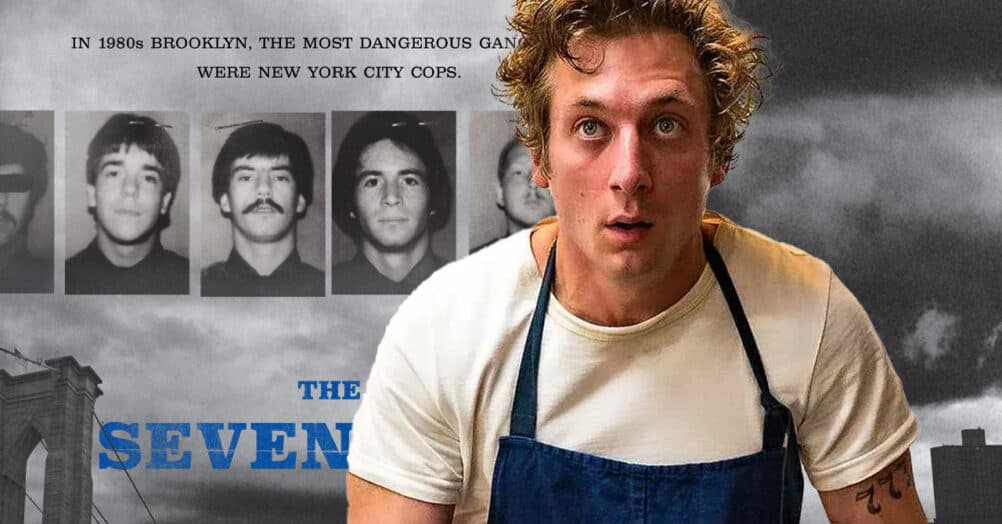




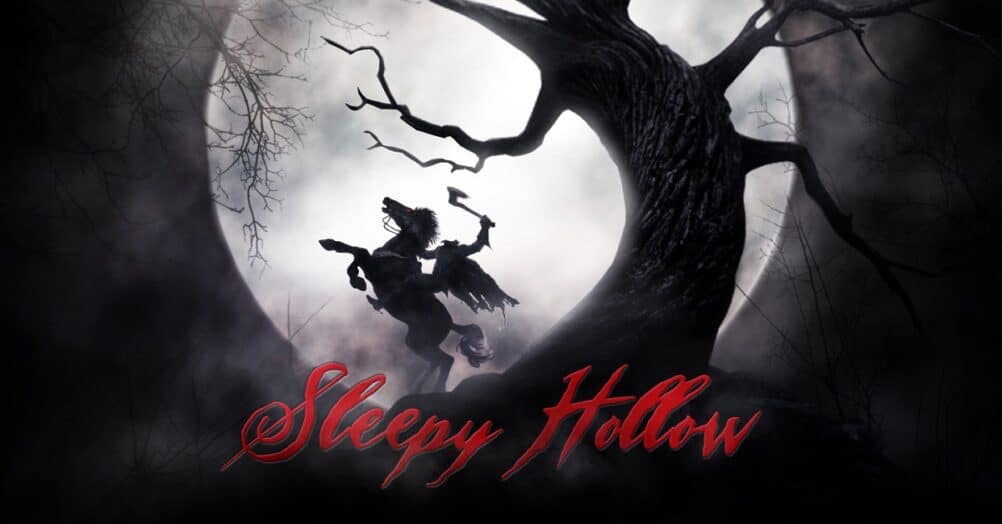
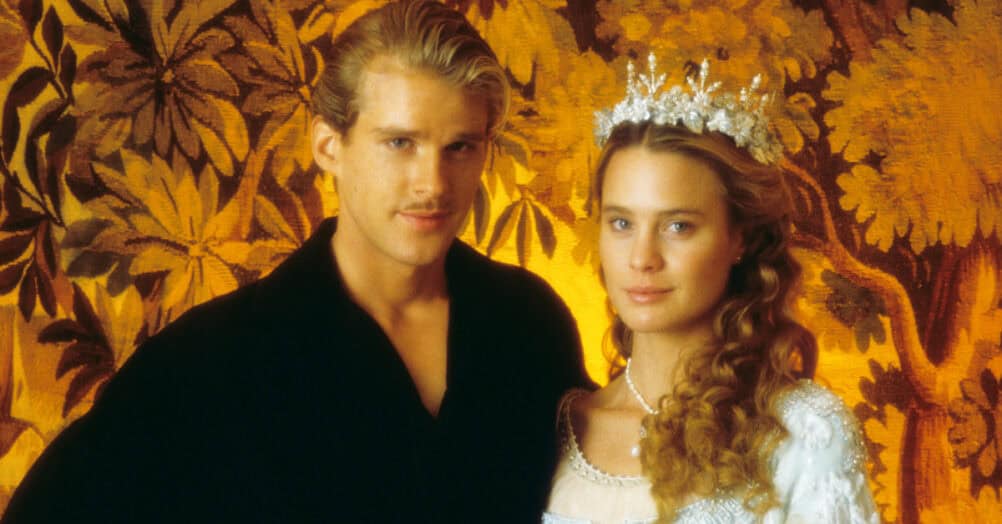

Follow the JOBLO MOVIE NETWORK
Follow us on YOUTUBE
Follow ARROW IN THE HEAD
Follow AITH on YOUTUBE